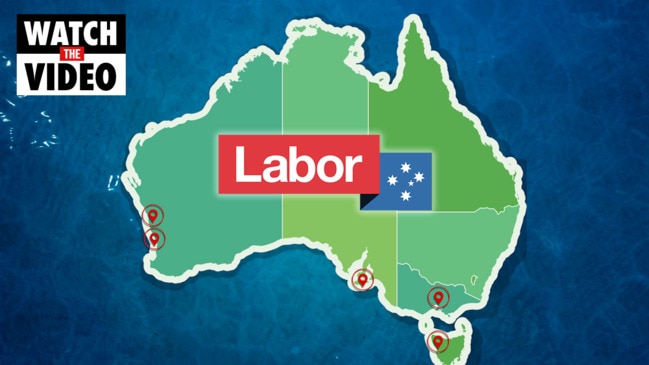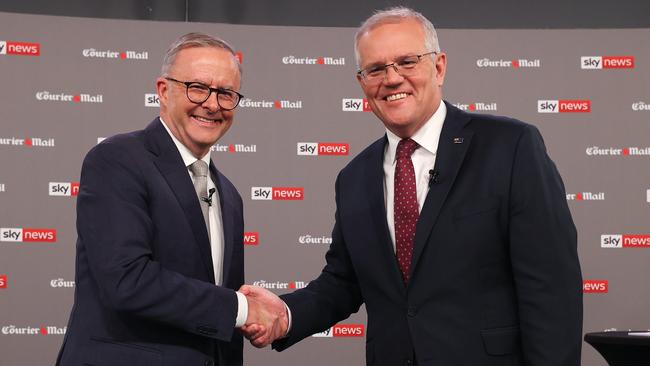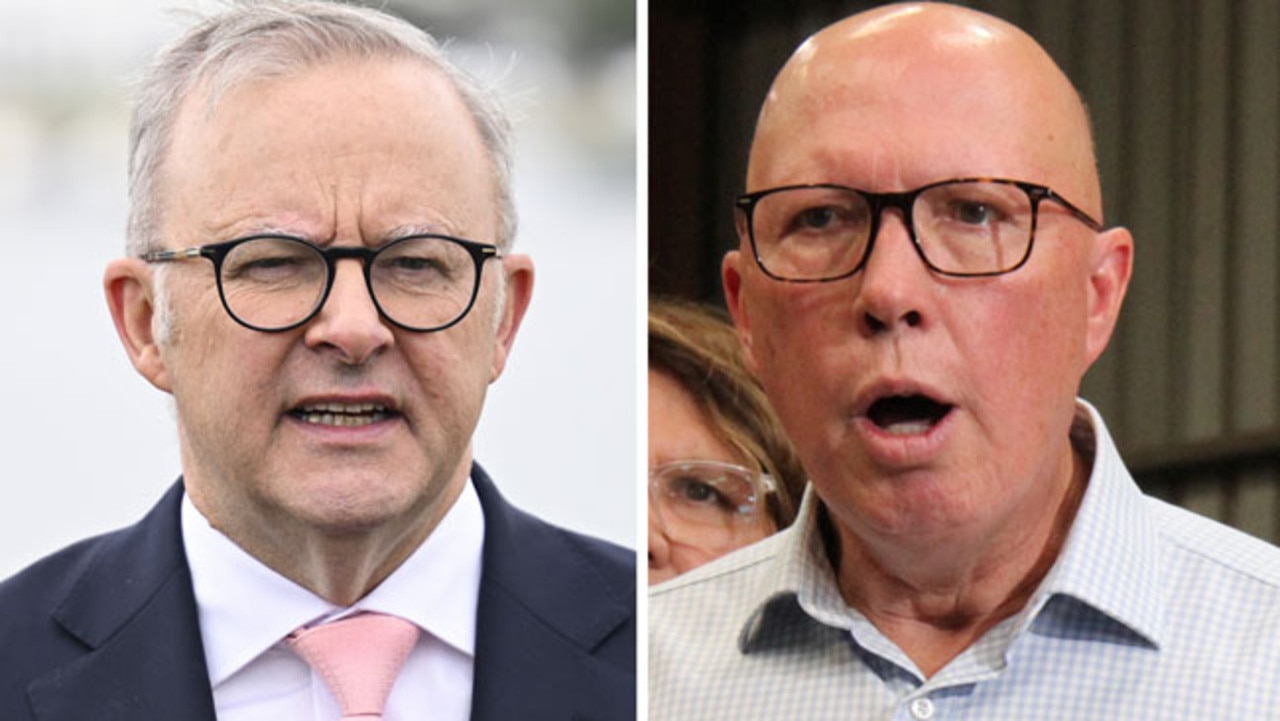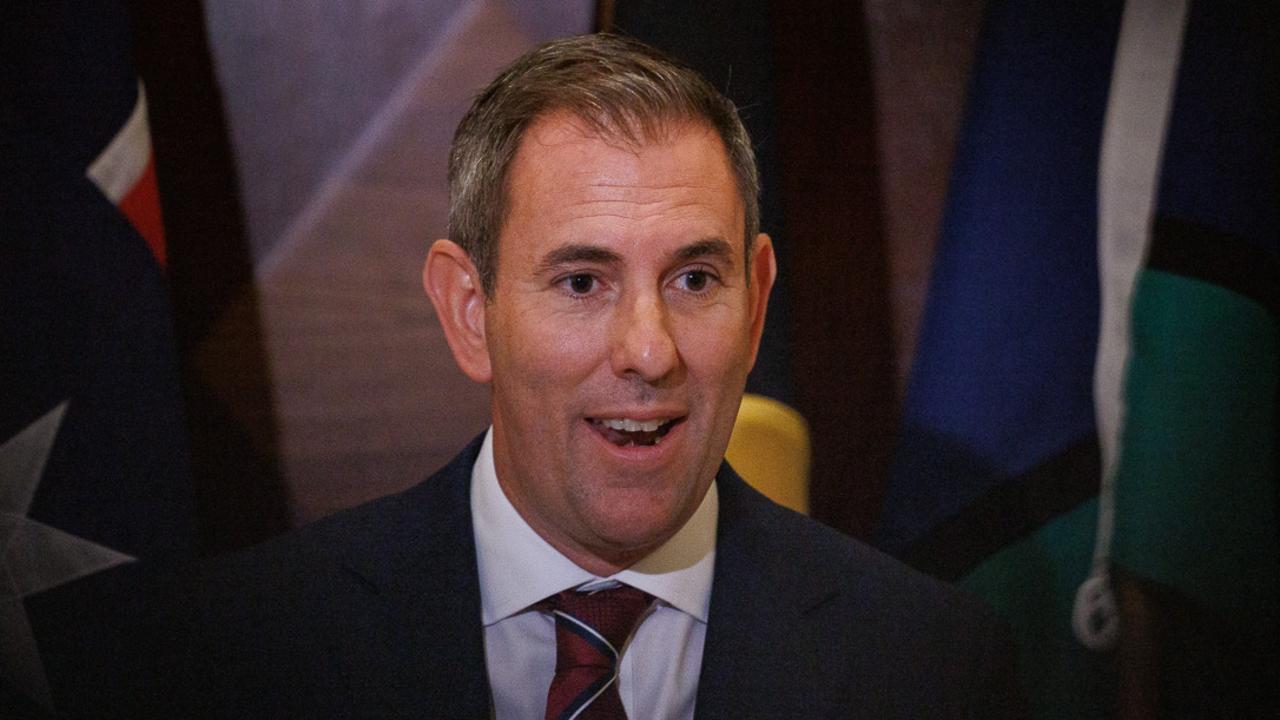Christopher Pyne: The only poll that matters is the real one on election day
There’s a lot of attention paid to polls, so we might as well be intelligent about it before election day, writes Christopher Pyne.

Opinion
Don't miss out on the headlines from Opinion. Followed categories will be added to My News.
There’s such an obsession in politics about polls. I’ve never been able to fathom quite why the commentariat devotes so many column inches to reporting breathlessly about the polls. Yet, here I am, adding to the column inches.
The only poll that matters is the real one on election day. As a candidate, that’s what I focused on.
Talking about polls is like shooting the breeze about team selections for the upcoming game on the weekend. It’s all care and no responsibility – unless you’re a coach or player.
As a candidate, election day is all about responsibility, potential humiliation and possible glory.
But since talking about polls is a national pastime, akin to discussing the weather, let’s unpack a couple of interesting polls in recent weeks.
Quite frankly, I’m surprised with the outsized coverage independents are getting in the current Australian election campaign.
I wish I had a dollar for every time it’s been predicted that “This election, the independents are going to really clean up”. It never happens.
Yet some elements of the media are determined to portray the independents, particularly the so-called Climate 200 independents, who are clearly an organised group masquerading as independents, as a juggernaut.
Last week The Australian published its exclusive Newspoll. It was interpreted by commentators as a swing to independents and minor parties. Cue record scratch.
When you actually looked at the numbers, it showed no such thing.
The Newspoll showed a swing to Labor from the Coalition on both primary and a two-party-preferred basis.
The poll recorded that since the last election in 2019, support for the United Australia Party had risen by 0.6 per cent, fallen by 0.1 per cent for One Nation, risen by 0.6 per cent for the Greens, and Others had increased by 0.6 per cent. For independents and minor parties, that’s a whopping net 1.7 per cent rise.
What? Exactly. Hardly a tidal wave of support for independents and minor parties.
The real beneficiary in the Newspoll was a rise in support for Labor of 3.7 per cent.
The big loser was the Coalition, which saw its primary vote drop by a significant 5.4 per cent.
I’m not as sold on the importance of the two-party-preferred polling figures, just because a bit more guesswork goes into that number whereas the primary vote is a firmer indicator.

TAKE OUT
THE take-out from last week’s poll is that Labor remains the firm favourite to win the election on May 21.
It certainly doesn’t point to a welter of independents getting elected and there being a minority government.
That’s not to say that independents won’t win, but it will be much more random than too many commentators are predicting.
The second poll that we should take an interest in was published three weeks ago – again by The Australian in its Newspoll.
I had never seen it before and, as I’ve been burdened with seeing most things in politics over the past 35 years, I found it intriguing.
The poll compared the Newspoll taken on the weekend every Australian election campaign has been called dating back to 2004 with the actual result on polling day.
It showed that in every single campaign – 2004, 2007, 2010, 2013, 2016 and 2019 – the Coalition’s primary vote and two-party-preferred vote increased over the course of the five-week, or more, process.
On a two-party-preferred basis, the lowest increase was a rise of 1.4 per cent with a high of 4.9 per cent.
On a primary vote basis, the lowest was 1.1 per cent and the highest was 5.6 per cent.
What should strike fear into the hearts of Labor headquarters is that the average two-party-preferred shift to the Coalition was 3.2 per cent.
Labor has been polling 53 per cent to the Coalition’s 47 per cent two-party-preferred since April 6. Yikes!
If the average is achieved by Prime Minister Scott Morrison and his team the Coalition might just squeak home. How surprising would that be to the Canberra bubble?
But it’s all just polling. We will have a clear picture three weeks from now when the real votes are cast and are being counted.
Of course in a close election it could be a couple of weeks before we know all the seats – as it was in 2010.
This will be exacerbated by the higher-than-average number of postal and pre-poll votes this year due to the coronavirus pandemic.
But as they say, “You don’t have to wait long in politics to find out”.



